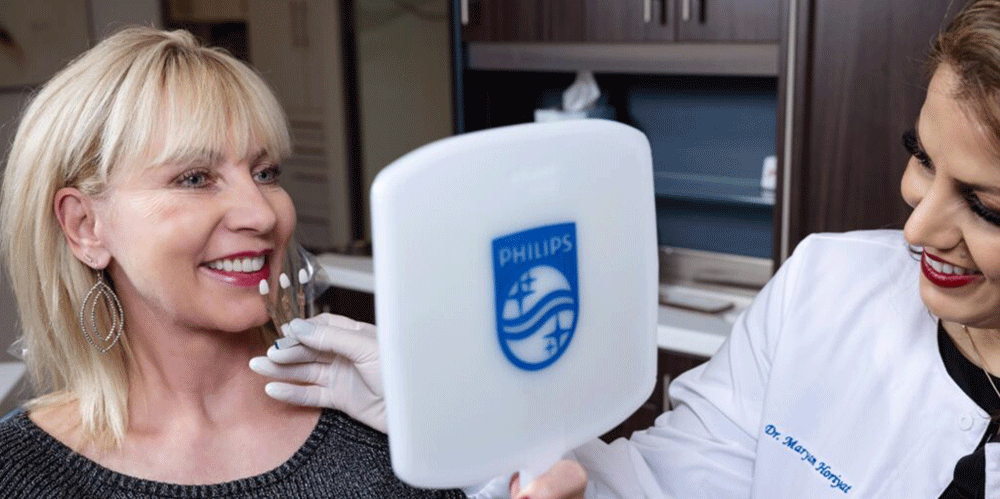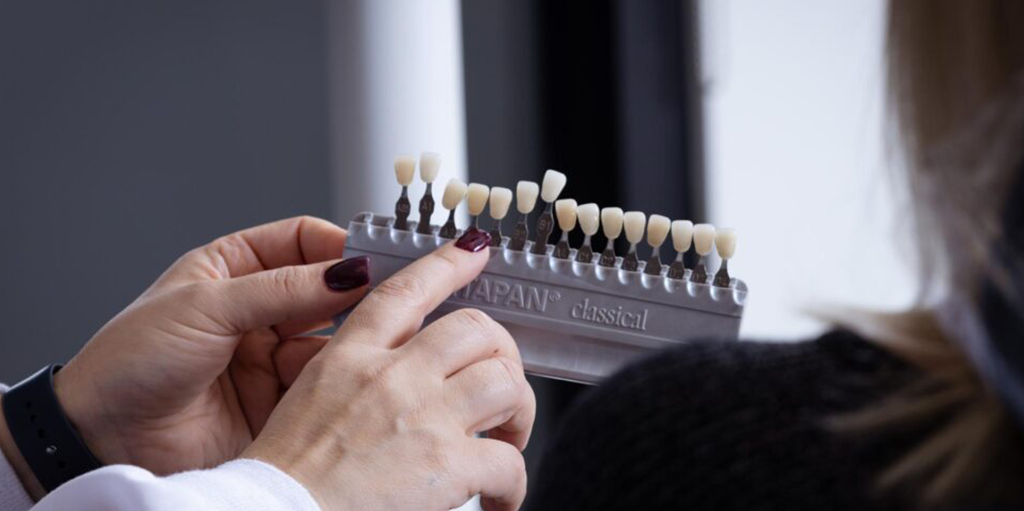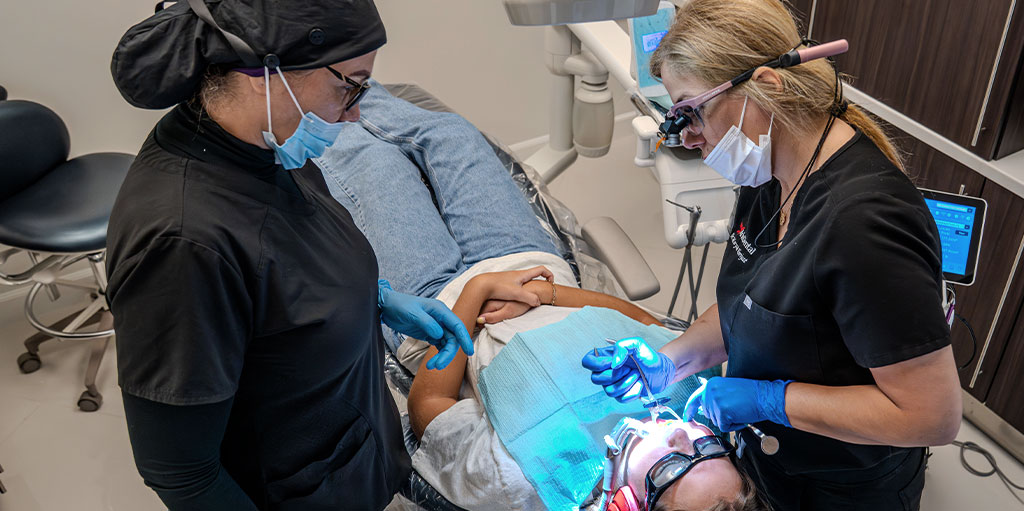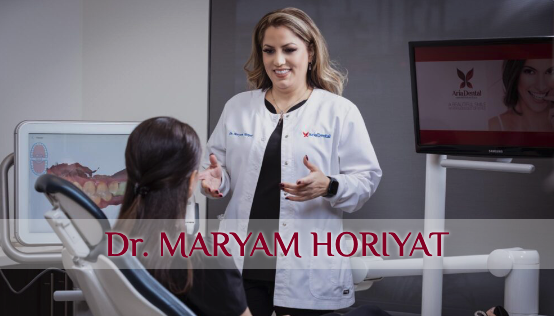Maybe your dentist has recently told you that you need a bone graft. Or maybe you have come across the term bone grafting while learning about dental implants. If so, we are here to share everything you need to know about bone grafting.
Why Does Jawbone Loss Occur?
The most common and effective way to repair jaw tissue is through bone grafting. But you may be wondering why jawbone loss occurs at all? There are several reasons for this problem. Let’s take a look at the main reasons.
Losing Teeth
Teeth do more than chew food. Your teeth help maintain the natural height and thickness of your jawbone. The bone that surrounds the roots of your teeth is known as alveolar bone. During everyday life, the roots stimulate this part of the bone, signaling the brain that resources are needed in a specific area of the jaw.
Based on this stimulation, the body sends calcium and other nutrients to the jaw, supporting continued bone growth. When a tooth falls out, there are no more roots to stimulate the alveolar bone. Over time, the body stops sending resources to the area where the tooth used to be, and that part of the jaw slowly wears away.
Gum Disease
Gum disease occurs when plaque and then calculus build up on your teeth and gums. The bacteria in plaque produce toxins that irritate the gum tissue and cause infection. In the first stage of infection, you will experience red, swollen gums that may occasionally bleed. If you treat gum disease at this stage, you can reverse the loss of bone in your teeth and prevent major complications. Otherwise, your disease may worsen, eventually leading to jawbone loss and tooth loss.
Trauma
Sometimes, a blow to the jaw, such as in a car accident, can cause teeth to break or fall out. In addition, a fractured jaw or a history of trauma to certain teeth can cause tissue death and lead to bone loss years after the initial injury.
What Is Dental Bone Grafting And Why Is It Performed?
Sometimes the jawbone is lost for various reasons. In this case, the dentist may place graft material in the areas where the bone loss has occurred during a surgical procedure called bone grafting. This increases the volume and density of the jawbone while stimulating new growth. Such surgery is usually only recommended by the dentist if the bone has been lost.
Graft material may be natural or laboratory-made. One of the most desirable natural materials for dental bone grafting is the patient’s own bone. Because the patient’s own bone is sterile, compatible with the patient’s body, and readily available, this type of graft is called an Autograft, and in this case, bone is taken from inside or outside the patient’s mouth.
The second type of bone graft is called an Allograft. This method uses donated bone that is stored in authorized banks. The body quickly absorbs these materials and solves the problem of decreased jawbone density.
Xenograft is a bone graft from another species, usually made from cow bone or pig bone. This type of bone graft can be very successful in repairing the jawbone and combining it with the patient’s own bone.
Finally, Alloplast is another type of dental bone graft that uses synthetic materials for the graft that are made in a laboratory. The main advantage of alloplastic bone grafts is that the risk of disease transmission and their opposition to the patient’s genes is low.
Do Implants Need A Bone Graft?
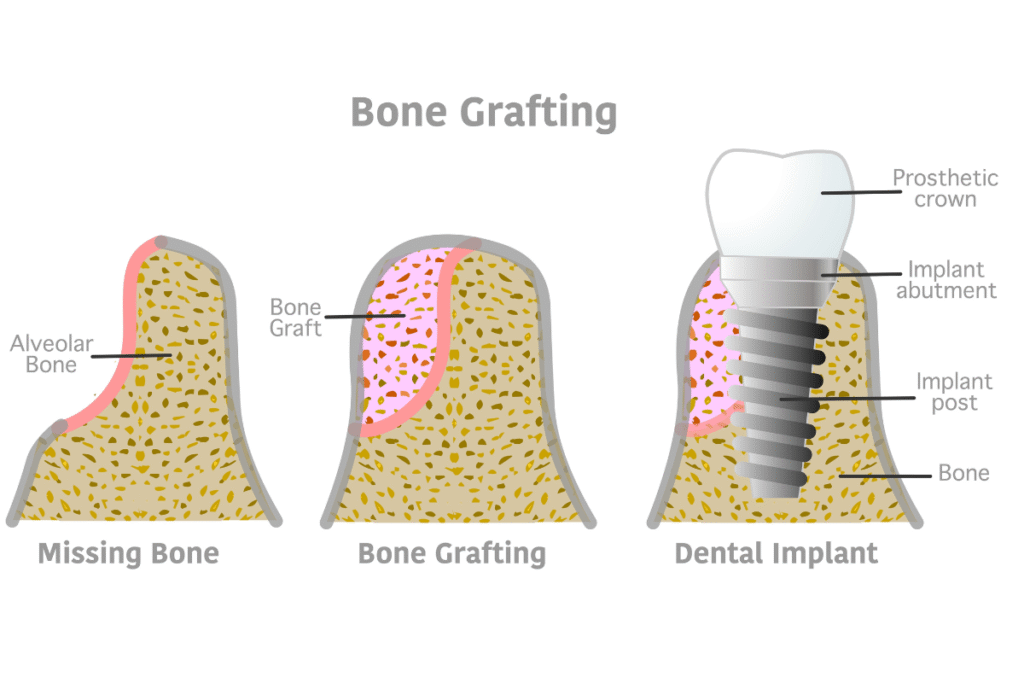
Not every patient who is considering dental implants will need a bone graft. You may need a bone graft if you have lost your teeth a long time ago, have periodontal disease, or even have congenital conditions. If your dentist has informed you that you need a bone graft, your gums will be cut surgically, and the bone graft material is placed into the empty space. Then the implant is placed after a few months.
Bone grafting increases the volume and density of the jawbone and creates a good base for the implant. This will increase the life of the implant and improve the appearance of your face and gums.
What Happens During A Dental Bone Grafting Procedure?
Before a jawbone graft surgery, you will need to have X-rays taken. These images will show how much bone has been lost. To perform the surgery, a local anesthetic is injected into the area where the bone graft is to be placed. You may have chosen to have sedation, in which case your surgeon will also prescribe you some sedation meds.
After the anesthesia, an incision is made in the gum, and the gum tissue is moved slightly. In this case, the jawbone is visible, and after cleaning and disinfecting the area, the surgeon adds bone graft material to the site. Dentists often cover the graft material with a membrane and stitch the incision. This graft tissue acts like a scaffold on which bone tissue grows and regenerates.
The dentist may sometimes perform bone grafting in combination with platelet-rich plasma (PRP). PRP is a blood sample taken from your body that the surgeon uses to speed up healing and tissue regeneration.
What Are the Risks And Side Effects of Dental Bone Grafts?
Dental bone grafting is usually successful. As a result, the risks of this surgery are not very high. However, after the bone grafting procedure, you may experience mild to moderate pain, bruising, and swelling that will resolve within a few days. Unless the graft becomes infected, there is severe bleeding at the surgical site, or rare complications from anesthesia, the good news is that all other events can be effectively managed with pain medications. In some cases, your dentist may also prescribe antibiotics to be on the safe side.
How Long Does It Take for A Bone Graft to Heal?
A bone graft is a surgery, so you shouldn’t expect to have no complications. The first few days after the bone graft procedure will be a bit difficult. You will experience swelling, pain, and even bruising at the site. Don’t panic, as these symptoms will go away on their own within a few days. But this doesn’t mean that your bone graft has healed. The healing phase can last between 3 and 9 months. Sometimes, it can take more than a year. Your dentist will check your jawbone with an examination and X-rays to make sure it’s healing properly.
How to Speed Up Bone Graft Healing?
You can’t speed up bone regeneration; you need to be patient and trust your body for full healing. But what you can do is speed up the recovery time after surgery. This means you can reduce the pain and swelling of your gums. We have a few suggestions for you.
Warm Salt Water
Starting on the second day after bone grafting, add 1 teaspoon of salt to 4 ounces of warm water and mix to make a saltwater mouthwash. Use it 3 times a day to help dislodge stuck food particles and reduce pain. Do not gargle or swish the water around your mouth, as this can cause the stitches to open.
Ice Packs
After surgery, especially in the first 24 hours, use ice to help cool your skin. Ice constricts blood vessels to help reduce pain and inflammation. If you have an ice pack, wrap it in a cloth and place it on one side of your face for 20 minutes, then remove it for 10 minutes. Repeat until the pain subsides.
If bone grafting was done on both sides of your jawbone, change the ice packs every 20 to 25 minutes.
Oral Hygiene
Brush your teeth regularly to prevent bacteria from infecting the surgical site. But be careful near the graft. If the toothbrush is brushed too hard on the graft area, the gum tissue will be damaged and will start bleeding.
Soft Foods
Be careful with your diet for the first two weeks. Your dental bone graft will still be very fresh and sensitive. Therefore, you should avoid any damage by eating only soft, room-temperature foods.
Avoid hard, chewy foods. Also, try to drink more fluids, such as milkshakes and fruit juices. Do not use a straw to drink fluids, as this may cause the blood clot to separate and cause bleeding again.
Avoid Smoking And Drinking Alcohol
Alcohol can impair healing, and harmful chemicals in pipes and cigarette smoke can irritate your bone graft. They can increase swelling and pain, and restrict blood flow to the surgical site. Therefore, it is best to avoid them until your bone graft has fully healed.
Why Choose Aria Dental?
Aria Dental has a team of the best dental specialists. You can entrust your entire treatment process from diagnosis to dental bone grafting and other treatments, such as implants, to a team of experts and professionals without any worries. Using the most up-to-date methods has enabled Aria Dental patients to experience the fewest complications and achieve sustainable, successful results.





